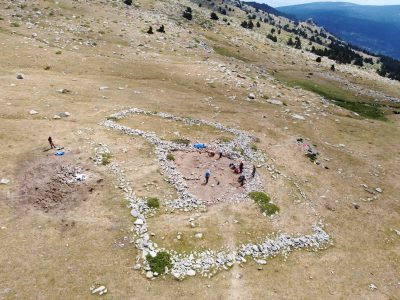
The Eastern Pyrenes have often been claimed as cultural landscapes of great heritage and cultural value with a long history. They are landscapes, to a large extent, result of historical agricultural and livestock activities that have been adapting to the socio-economic changes that have occurred in recent decades, competing with the service and tourism sectors, as well as with intensive agricultural systems. In this context, these mountain landscapes are subject to pressures that can lead to a high risk in their balance and conservation.
With this project we want to investigate the antiquity of these cultural landscapes, characterize them and understand how they have changed, as a result of human occupation and exploitation of these high-mountain spaces over time. In order to do this, we use an interdisciplinary approach that includes the correlation of data from archaeology, paleoenvironment, history and ethnography. The study areas are the headwaters of Ter and Segre (Ripollès-Cerdanya, Eastern Pyrenes) which are investigated from a long-term diachronic perspective (from the Neolithic to the modern era), although the backbone of the project is Antiquity.
The present project is a continuation of the previous quadrennial “Arqueologia dels paisatges culturals de muntanya a les capçaleres del Ter i del Segre (Ripollès-Cerdanya)”, (CLT009/18/00101).
Project funded by Departament de Cultura de la Generalitat de Catalunya (CLT009/22/00035).






